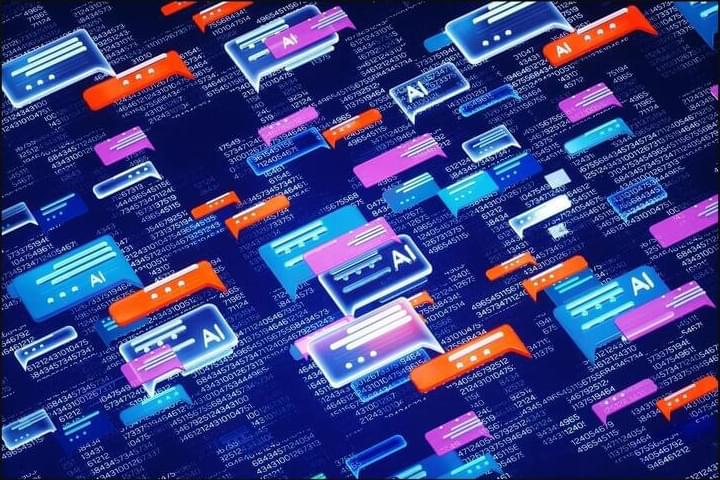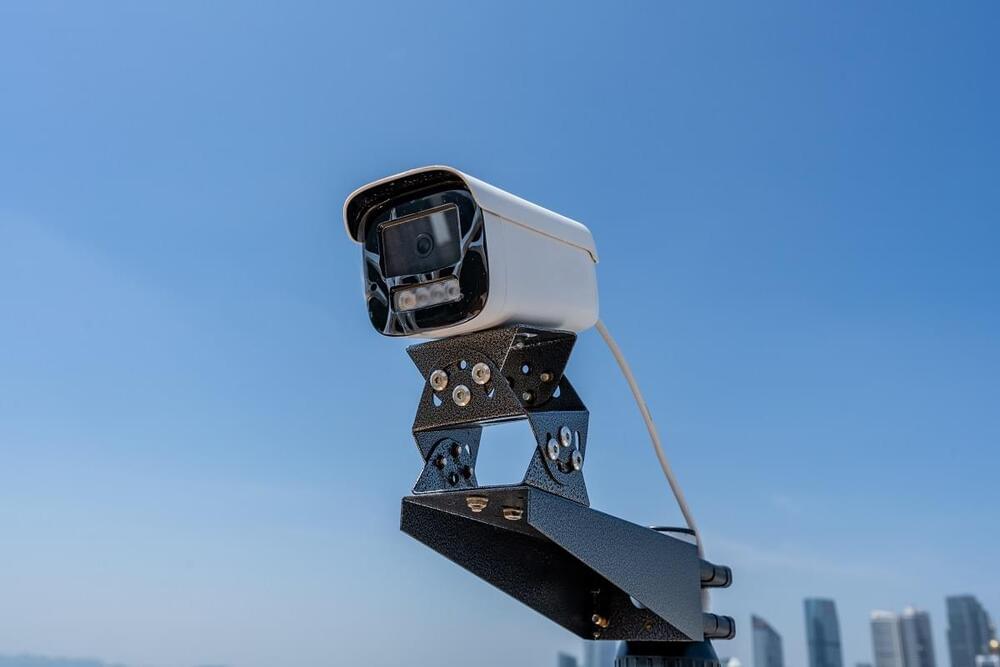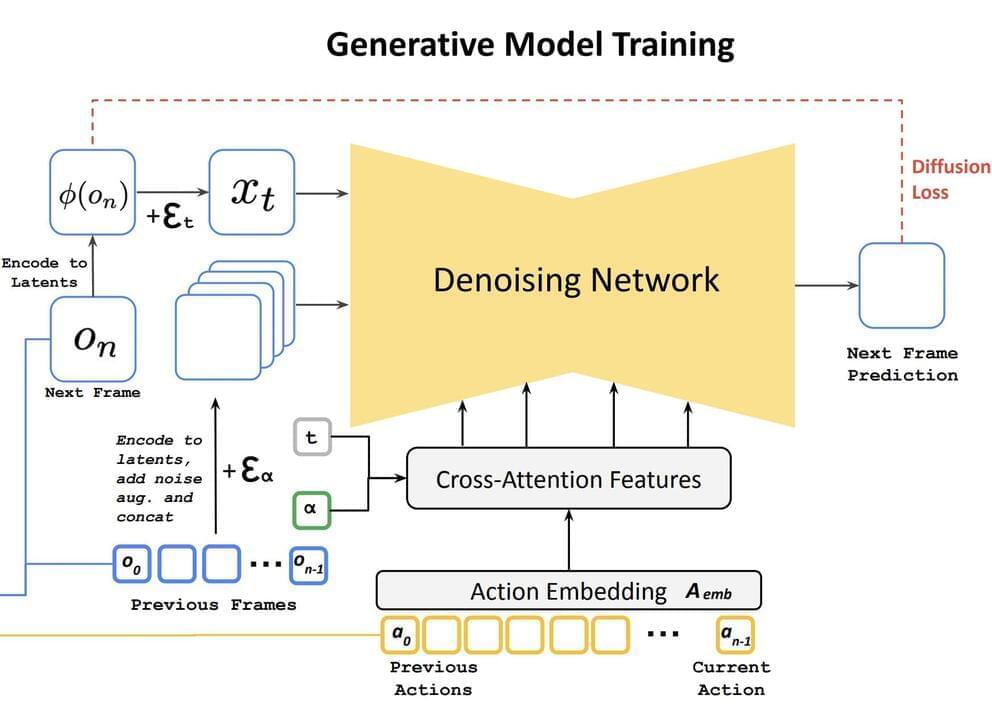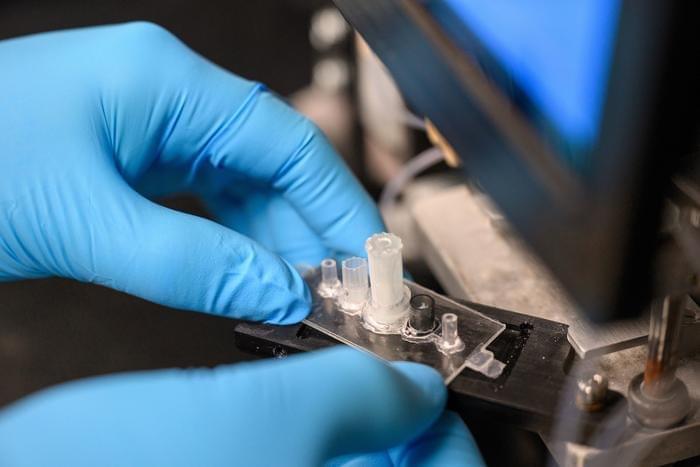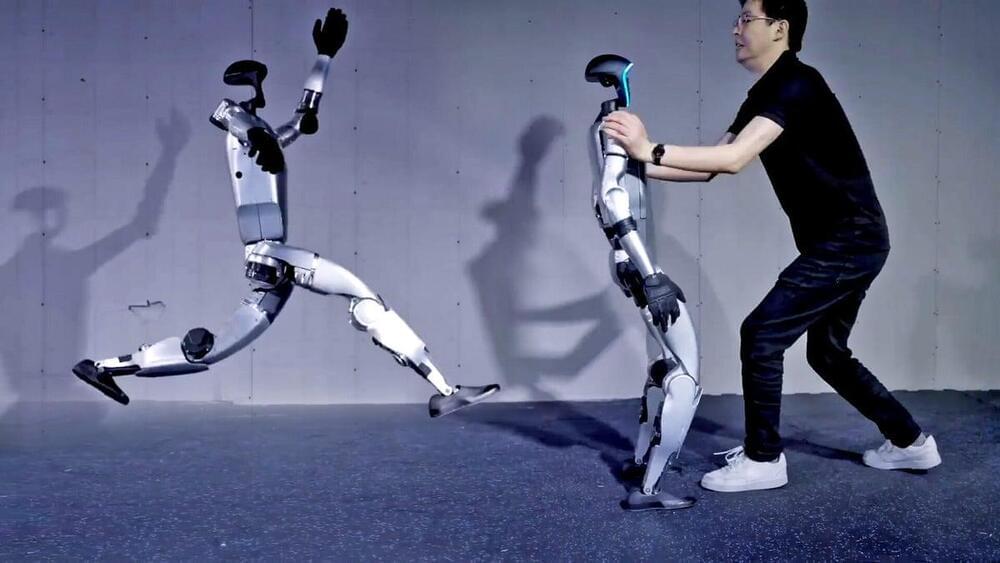Aug 29, 2024
Why AI Is Creating A Revolution In SaaS Pricing Models
Posted by Shubham Ghosh Roy in category: robotics/AI
Alvaro Morales is the co-founder and CEO of Orb, a flexible usage-based billing engine for modern software pricing models.
Many SaaS companies want to leverage AI in their products. However, since AI is so new, pricing remains volatile. Costs can drop drastically for an AI model when the next iteration is out, and many companies lower their pricing in response to a competitor launch to gain or retain market share.
In addition to the fluctuating and unpredictable model prices, AI pricing is mostly based on usage. Customer usage is usually difficult to predict, which affects the costs your product will incur if it relies on AI models.
